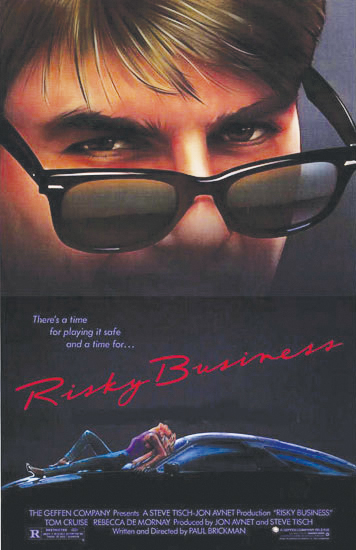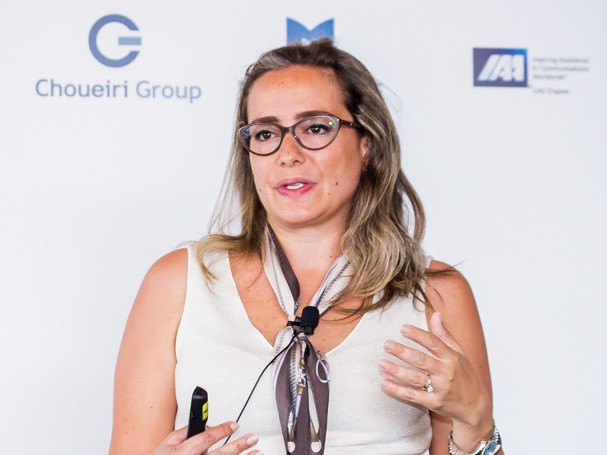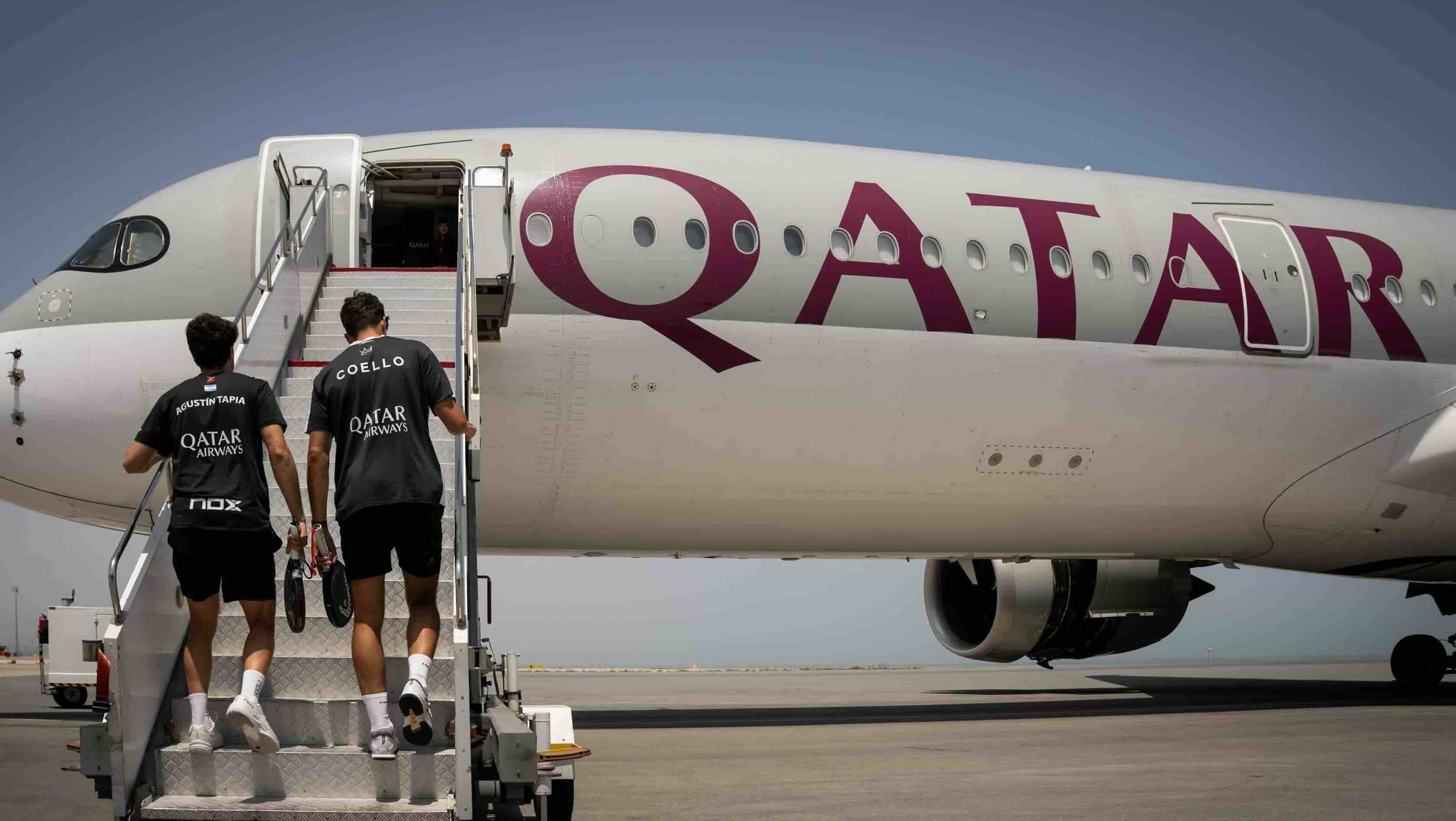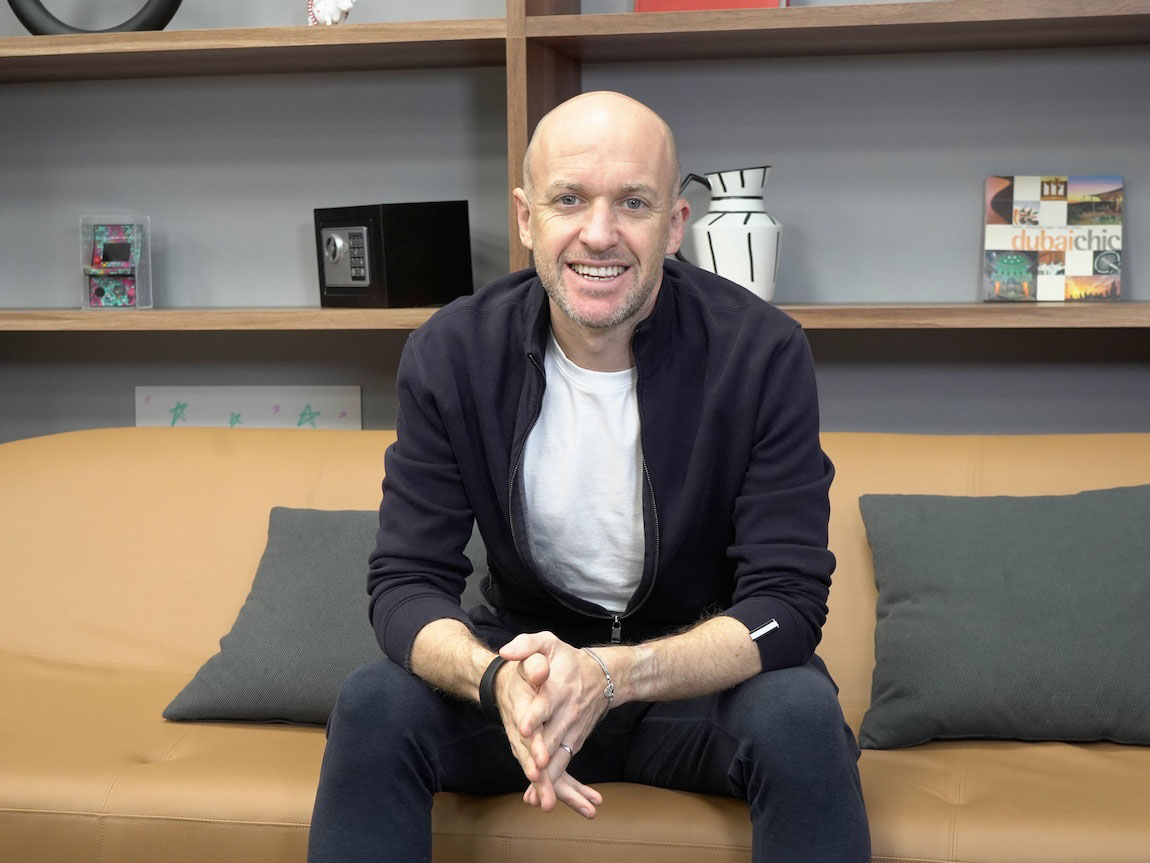Industry Talk
On the Relationship of Advertisers and TV networks
by Fayza Bjayou
March 23, 2016
.jpg) Advertisement
AdvertisementAt Dubai Lynx, Dolly Saidy Makhoul, Managing Director at Mint MENA, addressed the current issues facing stakeholders involved in the process of branded content creation and while answering all-important question: how to create a better synergy between the two worlds?
The last decade has witnessed a significant increase in all forms of product integration in the MENA region: sponsorship of TV shows, product placement and creation of branded content. Makhoul affirms however, that there is no published data to know how much is being spent on product placement and brand integration in the Middle East. “We are making progress but we have a long journey ahead,” she says.
Makhoul discusses the first form of branded content, which is found in the iconic novel, 'Around the World in Eighty Days', written by Jules Verne in 1873. Shipping and transport companies competed to be mentioned within the context of the fictional journey. Makhoul goes on to give key examples of product placement throughout the decades. Rayban is acknowledged as a company that revived their image through product placement. After the company had experienced a decline in sales, the brand agreed to Tom Cruise’s wearing of Wayfarers in the 1983 movie, 'Risky Business', which marked the beginning of the Wayfarers phenomenon; 360,000 pairs were sold that year.

These are prime examples of global success stories but Makhoul questions, “What can be done to improve the relationship of advertisers and TV networks for more success stories in the region?”
Makhoul emphasises the importance of creating a process of working better together. “There must be an early stage of engagement with the TV networks that must manage advertisers expectations. Advertisers must also understand that forced integration is no way to go. There must be a relevant collaboration.” Early involvement of advertisers promotes seamless brand integration and will provide sturdy foundations for an exchange of ideas and information. “Integration if not supported by deeper strategic and creative definitions will be ineffective,” she confirms.
TV networks need to understand and adopt advertiser brand values for a more productive, rewarding relationship. As more and more people shift to new viewing patterns, there is a need for TV advertisement methods to change. And consequently, there is a need for brands to adopt softer marketing approaches leveraging TV and Film. In recent decades, native advertising has spread across the entertainment landscape. Makhoul highlights the Bond movies as a key example of successful brand integration - utilising product placement to prominently place or creatively integrate brands into particular story lines or scenes to promote brand awareness. In this case, a luxury watch and car is weaved into the narrative of the story. “Bond cannot achieve a mission without accurate timing or a fast car,” she says.

A story must always remain relevant to viewers and must be created to trigger emotions and to engage viewers in a captivating experience. Makhoul expresses a need for both parties to invest in acquiring engagement measurement tools and to seek new opportunities with brand integration managers to ensure seamless brand content integration. “For the past two years, TV networks, media buying agencies, media sales companies and creative agencies, have started to create brand integration units/departments, to ensure product advertising is integrated organically,” she affirms.
She also highlights the importance of digital insertion, which has become a highly effective means of relevant advertising to audiences all over the world. On the one hand, it doesn't interfere with the creative process – it all happens in the editing suite. On the other, with big-budget TV programmes often selling to 200 territories worldwide, deals can be tailoured locally.
Makhoul believes that one must pave the way for greater incentives in the region. “We must give focused recognition in the Middle East, for best brand integration. Create an awards ceremony and celebrate those achievements as a motivational incentive to reach new heights of success in this specialised domain.”
For Makhoul, an open dialogue is a key aspect of improving the overall relationship between advertisers and TV networks. “A continuous dialogue to assess performances at the end of each season or show, to share learning and success stories, is the way to improve the quality of work,” she concludes.




.jpg)










